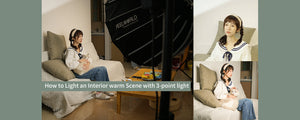How to Light an Interior Warm Scene with 3-point light
Mar 31, 2023
You don’t need the most expensive gear to make a quality film and if you take the time to learn a few things about lighting, it can be a great tool for expressing the moods or feelings of your characters. We’re going to show you how to light a warm scene in the interior with 3-point light
(1)What is 3-point lighting?
Key light:This is the primary and brightest light source in the three-point lighting setup. It gives a scene its overall exposure. Cinematographers typically position this main light slightly off to the side of the camera and the front of the subject, on a light stand at a 45-degree angle to the camera, which creates shadows on the opposite side of the subject’s face, giving it dimension and depth. The primary light creates the mood of a scene. Depending upon its position and the supplemental lights used in the overall lighting, it can create a high-key image (evenly, softly lit and atmospherically upbeat) or a low-key image (high contrasts, deep shadows, and very moody).
Fill light: Mirroring the key light on the opposite side of the camera, the fill light literally fills in the shadows that the key light creates on a subject, bringing out details in the darkness. Typically, this secondary light is less bright than the key, and cinematographers control the overall feel of their shots based on how much they dim or lighten the fill light. A dim fill light, where the fill ratio is high, creates a high-contrast, film-noir type of shadow, while a brighter light with a lower, more balanced ratio gives the subject a more even look. The second light isn’t always a light: it can be a reflector, a bounce card, a wall, or anything that bounces back some light onto the subject to fill in the shadows. Together with the key light, the fill light determines the mood of a scene.
Backlight: The third source in this lighting technique, the backlight (also known as the “rim light” or “hair light”) shines on a subject from behind, completing the light setup. This creates a rim of light or outlines around their head that pushes the subject away from the background and gives a sense of depth. Typically, cinematographers position the backlight directly behind the subject or high enough to be out of frame, opposite the key light, and pointing at the back of the subject’s neck.
Here is the light position of the scene we created:
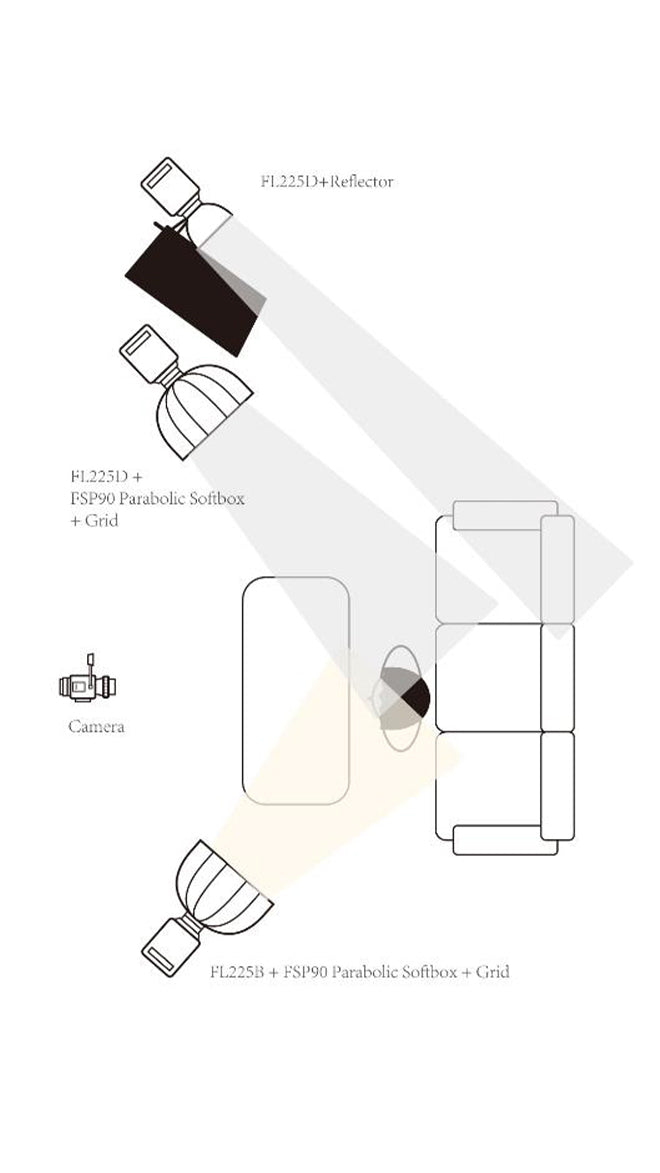
(2)Here are the equipment that we use:
Key light: FL225D Daylight light+FSP90 Parabolic Softbox to light the girl— Used as your primary lighting point
Fill light: FL225B Bi-color light+FSP90 Parabolic Softbox to balance the color tone of the girl— Used to fill opposite the key light
Background light: here we use the FL225D Daylight light with the black flag to emulate the sunlight— Used to extract the third dimension
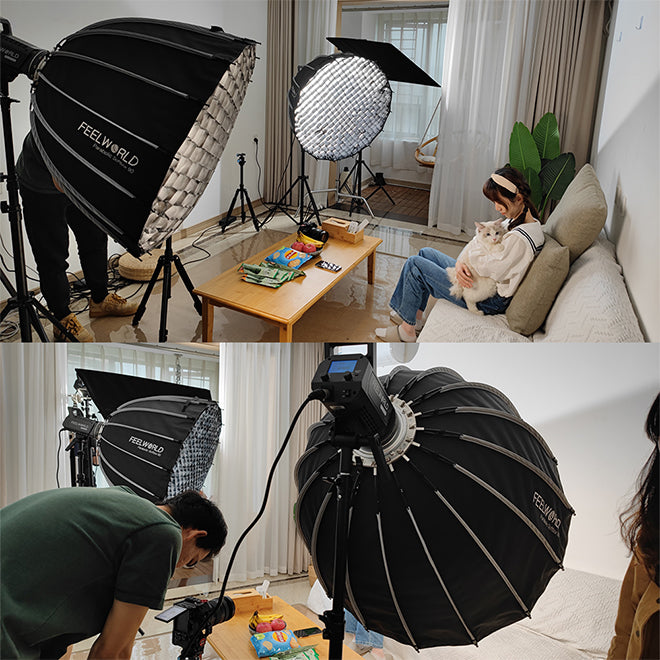
Final effect:
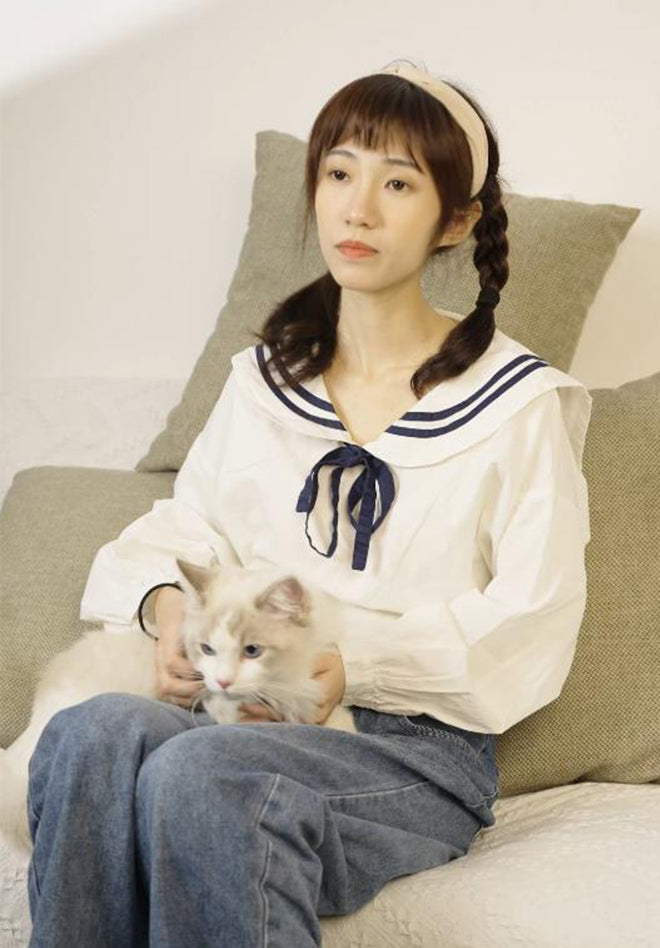
Shooting video lighting is extremely important. Lighting is beneficial for both our shooting process and post-production editing. Choosing suitable lights is of utmost importance. FEELWORLD FL series video light,the feature of its accurate rendition, powerful output, flexible cct, and cost-effectiveness, offers more creative options with your personal style and imagination.The following is a comparison of the parameters of FEELWORLD lights and softboxes:

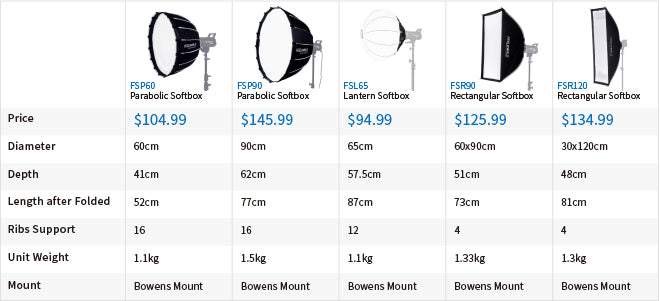
Summary
The above is what we built using FEELWORLD 3 Point Lights lighting warm scenes in the interior.
If you want to learn more about lighting to enhance your content creation, follow us on our Instagram or Youtube channels!

